Can you use pressure points for anxiety relief?
What is Acupressure?
Acupressure is used in traditional Chinese medicine and treatments and is the practice of treating blocked qi (chi = energy) by applying pressure to key pressure points in the body. People are more familiar with more well known treatment of acupuncture. Acupressure is basically the same treatment only using fingertips instead of needles.
While many may think of treatments like acupuncture and acupressure to be a bit more holistic with no real healing capabilities, clinical studies have shown that acupuncture is effective for anxiety disorders, especially for General Anxiety Disorder.
There is no easy cure for anxiety and depression but there are ways to help alleviate and reduce symptoms that don’t require harsh medications or hours of expensive therapy. There are professionals that offer acupressure services near you or you can practice them on yourself from the comfort of your own home, or discreetly in public for immediate relief in high anxiety situations.
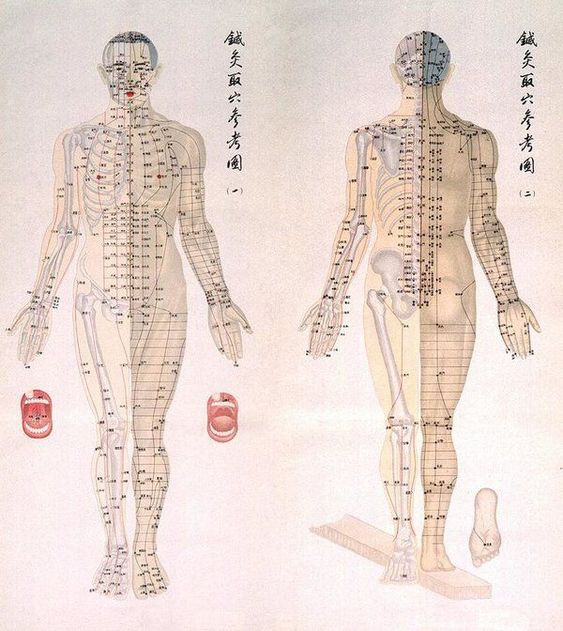
In Chinese tradition, practitioners believe that many illnesses occur when the body’s qi, or natural energy, gets out of balance. The individual body parts are said to have spiritual meaning aside from just their physical functions. Activating certain pressure points on the body can help re-balance the qi, restoring physical and mental health to its neutral, calm state.
Related: Intermittent Fasting For Weight Loss
Best Pressure Points To Help with Anxiety
ShenMen – ‘Spirit Gate’
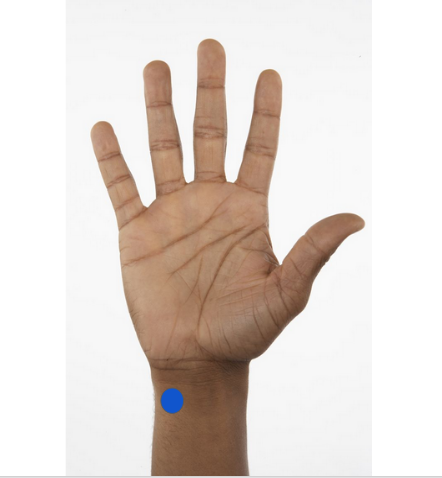
The ShenMen point is used to alleviate symptoms of anxiety disorder, panic, insomnia, stress, and even over-active sweating. In Chinese, ShenMen translates to ‘Heart 7’ which mean’s Spirit Gate. It is the gateway to the inner spirit and energy of the heart and runs from your finger tips, up your arms, through the arm-pit, and directly to the heart.
If a patient has issues of heart pounding, palpitations, and shortness of breath, acupuncturists will focus on the ShenMen point. It works amazingly well and is one of the commonly used pressure points in the practice of acupressure as well.
Activation of ShenMen should also be calming for physical and mental anxiety, shortness of breath, stress, and jitteriness. A warm feeling of being calm and centered should be experienced as well as a slower, steady heart beat. It is a great way to combat early symptoms of panic and fear.
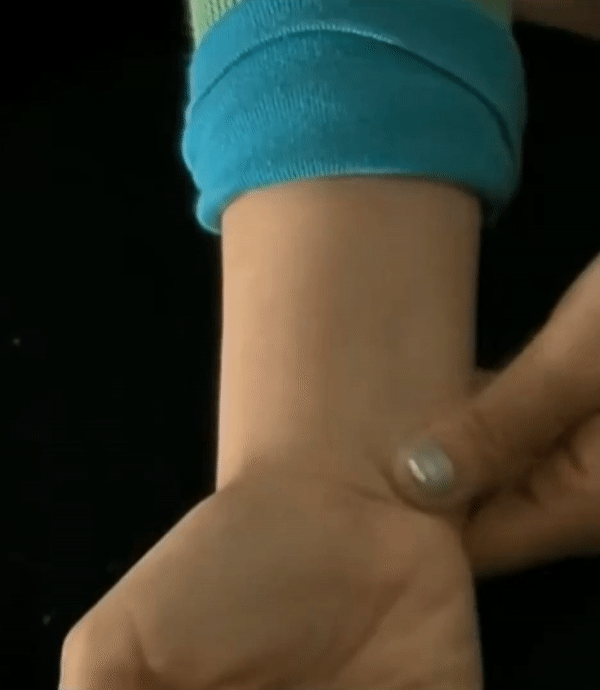
The ShenMen Pressure point is located on your inner wrist, on the opposite side of your thumb, under the pinky. You should be able to feel where the pisiform bone ends about an inch under your wrist crease. Find a hollow, soft dip and gently, but firmly apply pressure for a 1-3 minutes with your thumb or with an acupressure tool. You can give the area a massage for a more intense feeling by rubbing your thumb in small circles.
HeGu – ‘Joining Valley’

The HeGu pressure point is for great alleviating headaches, pain-relief, stress, and tension in the neck and shoulders. Many people with anxiety and stress tend to carry a lot of tension in their shoulders which can cause fatigue and soreness. In Chinese, HeGu translates to joining, gathering together, thus the HeGu pressure point is known as the ‘Joining Valley’.
When looking at the hand, all though there are 5 fingers, there are two groups, your thumb and the remaining four fingers. The area where the index finger and thumb meet is said to hold energy closely in-tune with the intestines and also connected to the head and face area. Activation of the HeGu point will help ease pain from headaches and muscle tension in the shoulder area caused by anxiety.
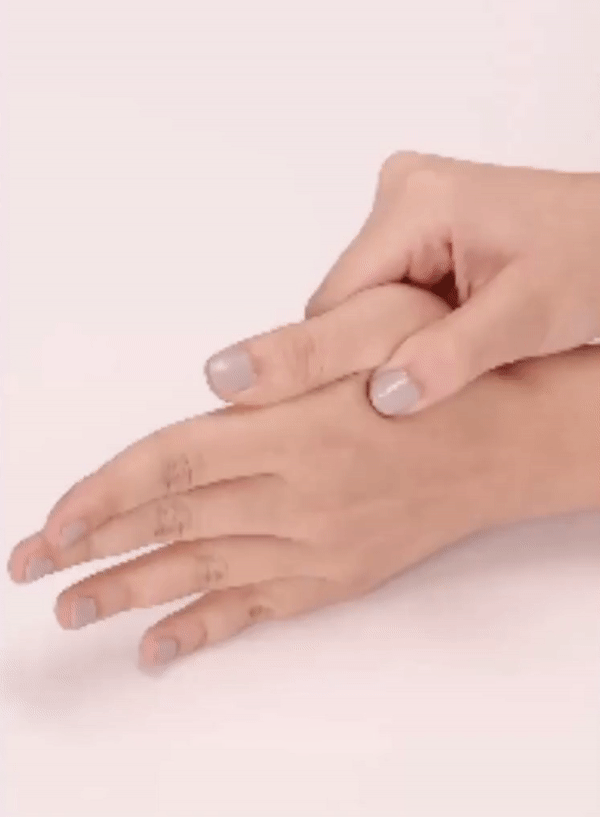
The Hegu point is is found in the soft, webbed groove between the thumb and index finger. It should be a bit tender when pressure is applied. Place a moderate amount of pressure. You should not feel any pain or discomfort but a firm hold is important.
You should hold the Hegu point with the remaining fingers tightening the grip from your palm. Gently squeeze the Hegu point for 1-3 minutes or you can rub in small circles and from left-to-right for more intensity.
NeiGuan – ‘Inner Gate’
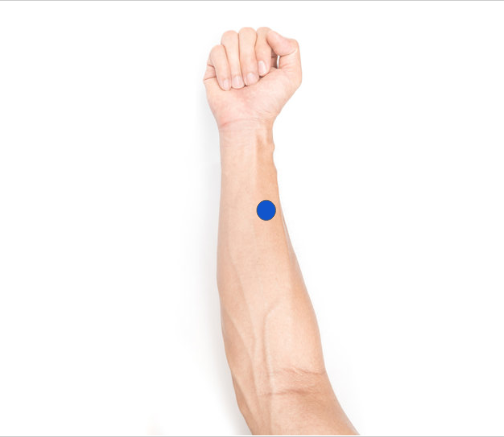
The NeiGuan pressure point is used to alleviate the nervous system and digestive track. It’s actually most commonly used as treatment for nausea and vomiting as it helps nullify the vomiting reflex. It is said to be very effective and has a long historical background in China of being assigned to pregnant women and cancer patients to help relieve nausea and upset stomach alongside other treatments.
In Chinese, NeiGuan translates to ‘Inner Gate’ The Inner Gate is said to act as a boundary to regulate emotions and energy to the heart and center of the body. Activating the NeiGuan point is said to have effects of calming an upset stomach, settling a racing heart, opening up congestion, and helping get a good night’s sleep.
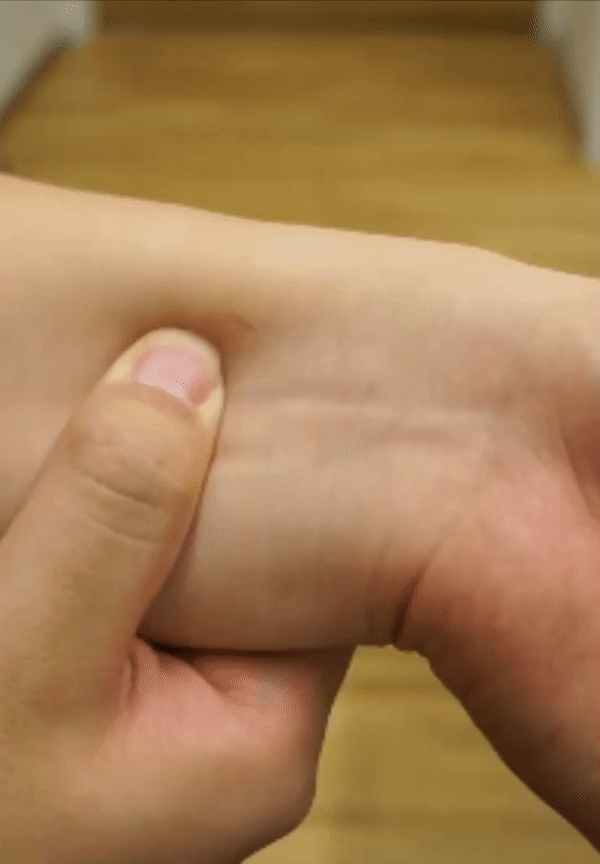
The NeiGuan point can be found on the inner forearm. Place three fingers width wise on on your forearm, starting from the crease of the wrist. Where your index finger lands is where you can find the Inner Gate, slightly off-center towards your thumb.
You can firmly hold the point with your opposite hand’s thumb or rub it in small circles for 1-3 minutes. The sensation can be a little intense so make sure to focus on continuing breathing deeply and calmly.
YongQuan – ‘Gushing Spring’
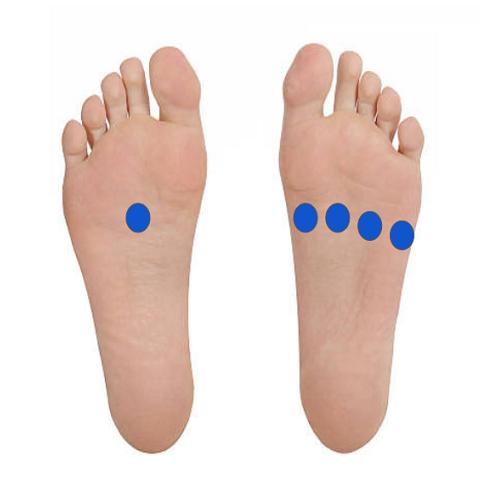
The YongQuan pressure point is for alleviating brain fog and draining excess energy at the end of the day. It can help calm the body and mind from over-thinking, anxiousness, depression, insomnia, dizziness, restless legs, and headaches. It’s also said to help with water-related issues such as oedema, infertility, and poor memory.
In Chinese, YongQuan translates to ‘Gushing Spring’ and is said to remove negative energies and thoughts so one’s clarity and purpose can enter the mind and soul. When you’re thoughts and emotions are all up in the air, the YongQuan point will help ground you and be more aware of your present environment. It is in fact the lowest acupuncture of the body and a great exit point for all of the stress from the upper body.
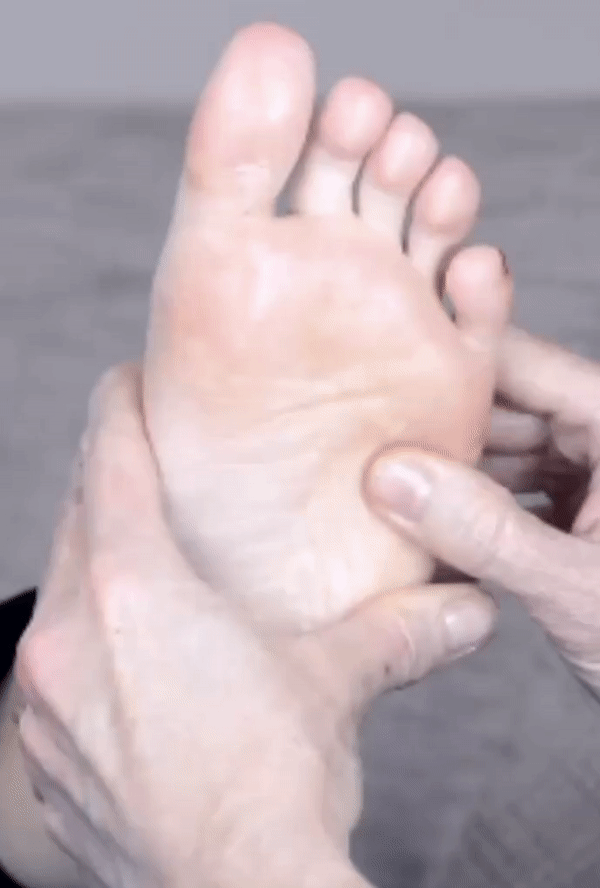
The YongQuan pressure point is located on the sole of the foot. Start from between the second and third toes and make your way down until you feel the soft depression of your foot. You can apply pressure with a firm hold directly on the point in the center of your foot or you can massage the whole width of your foot along the line of the YongQuan point.
You should be able to feel the effects immediately. Listen to the response of your body to know where you will receive the maximum effect from activating the pressure point. Activating YongQuan point and draining your body of excess energy is an excellent bed-time practice to help get a good night’s rest.
Disclaimer
Acupressure should not be the sole replacement for medical treatment but more of a self-help (or with a professional) solution for light symptoms like stress, headache, fatigue, insomnia, and anxiety. It can work well as a supplemental treatment that goes along with medical treatment given by a doctor. In general, acupressure’s risks are very low but some soreness and bruising may be experienced as well as lightheadedness during treatments. If there are any major changes to your body or health after practicing acupressure or you may be at risk to symptoms like joint pain or high-blood pressure please consult your physician first.
Related:
- Unique Self-Care Rituals from Around the World
- Break Free From Trauma Loop: Regain Control Of Your Mind

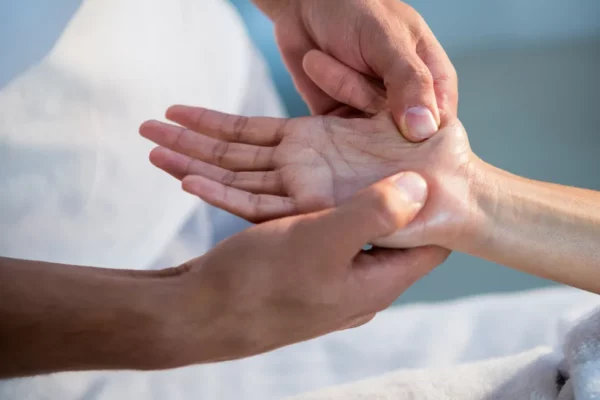






+ There are no comments
Add yours